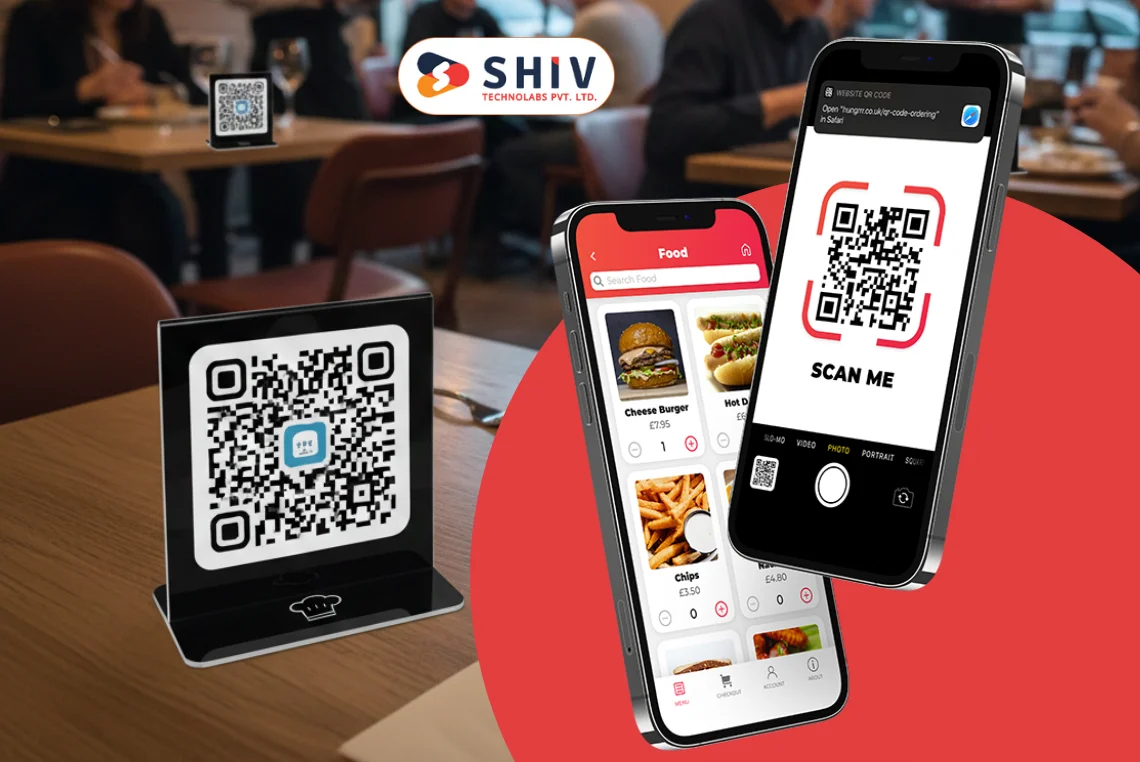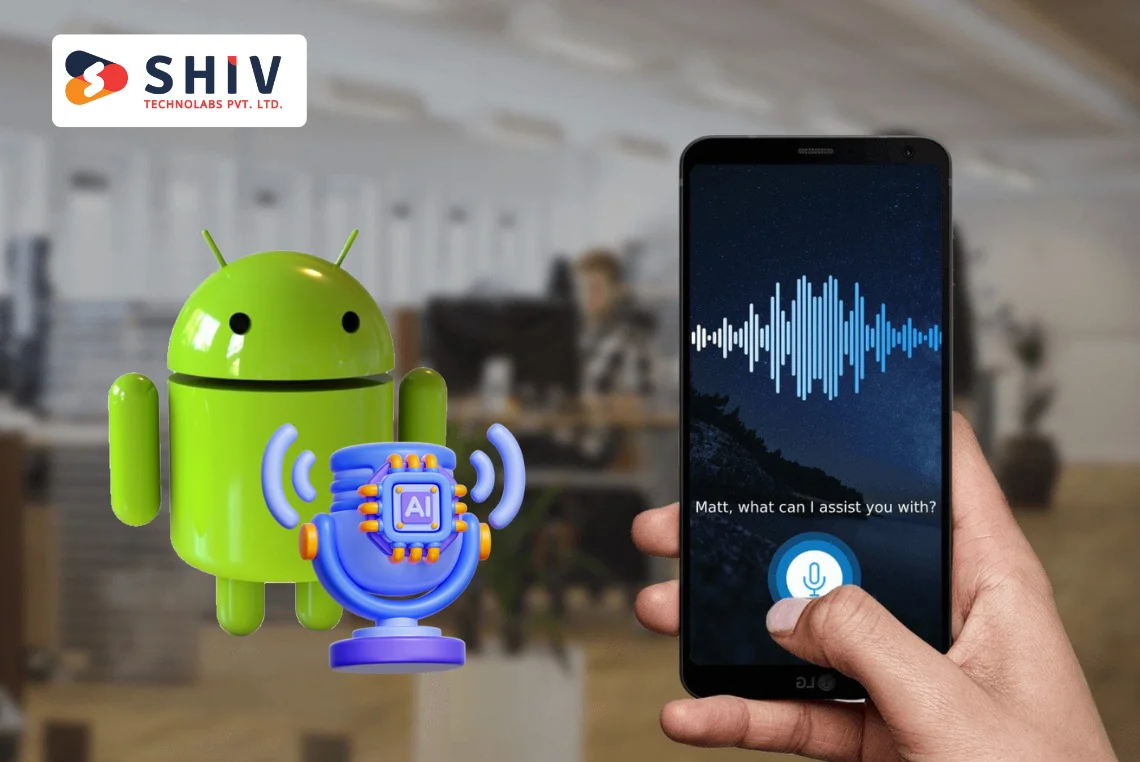Table of Contents
The insurance industry is experiencing a significant digital transformation, with mobile applications at the forefront of this evolution. As of 2025, the global InsurTech market is projected to reach $10.14 billion, reflecting the increasing demand for digital solutions in the insurance sector.
This surge is driven by consumers’ expectations for quick and efficient services, prompting insurers to adopt mobile technologies to meet these demands.
Insurance mobile app development has become a strategic priority for companies aiming to enhance customer engagement and streamline operations. These apps offer policyholders instant access to their insurance information, facilitate seamless claim processing, and provide personalized services, thereby improving overall customer satisfaction.
In this article, we will explore the various types of insurance mobile applications, features that make these apps indispensable tools for both insurers and policyholders, steps & costs to develop insurance mobile apps, legal compliance to consider, and tech stack. Let’s explore!
Types of Insurance Mobile Apps

Insurance mobile apps cater to different markets, each addressing specific user needs. Here are the most common types of insurance applications:
1. Health Insurance Apps
With the growing demand for health insurance app development, companies are focusing on apps that allow users to manage their health coverage, access telemedicine, and track wellness data. Features often include:
- Policy Management: Users can check coverage details, update information, and manage policy renewals.
- Doctor Appointment Booking: Many apps integrate appointment scheduling with healthcare providers.
- Telemedicine Services: Users can consult with doctors remotely through video calls.
- Health Tracking: Integration with wearables for real-time health monitoring, influencing policy benefits and premium adjustments.
Want to explore Shiv Technolabs’ top-tier healthcare app development services? Click here!
2. Auto Insurance Apps
Car owners rely on insurance mobile apps to handle vehicle policies, claims, and safety features. Auto insurance apps typically include:
- Telematics-based Driving Analysis: Insurers can track driver behavior and offer personalized premium discounts.
- Instant Claim Filing: Users can upload accident photos and submit claims digitally.
- Roadside Assistance Requests: Apps offer 24/7 support for emergencies like towing or flat tires.
- Policy Payments & Renewals: Customers can pay premiums directly within the app.
3. Life Insurance Apps
Life insurance companies use mobile applications to enhance customer interactions. These apps focus on:
- Premium Calculators: Users can estimate policy costs based on age, health, and lifestyle.
- Policy Comparisons: Customers can explore and compare different life insurance plans.
- Beneficiary Management: Policyholders can update nominee details easily.
- Payment Reminders: Automatic notifications ensure timely premium payments.
4. Property & Home Insurance Apps
With increasing natural disasters and home security concerns, property insurance apps are gaining popularity. These apps allow:
- Damage Reporting: Users can submit claims with photo evidence in real time.
- Smart Home Integration: Insurance discounts can be offered for homes using IoT security devices.
- Policy Customization: Users can select and modify coverage options as per their property’s risk assessment.
- Document Storage: Digital copies of policies and property documents can be stored securely.
5. Travel Insurance Apps
Travelers rely on insurance apps for safety and security during their trips. Key features include:
- Instant Policy Purchase: Users can buy travel insurance coverage for trips on-demand.
- Emergency Assistance: Real-time support for lost luggage, trip cancellations, or medical emergencies.
- Flight & Weather Alerts: Travelers receive updates about delays, cancellations, or extreme weather conditions.
- Digital Insurance Documents: No need to carry physical copies—insurance details are stored in-app.
6. Additional Insurance Apps
- Pet Insurance Apps: Cover veterinary expenses, wellness checkups, and emergency treatments.
- Cyber Insurance Apps: Protect users against online fraud, identity theft, and cybersecurity threats.
- Agricultural Insurance Apps: Assist farmers with weather-related claims and financial support for damaged crops.
- Marine Insurance Apps: Provide insurance for cargo, vessels, and logistics with real-time tracking.
Must-Have Features in an Insurance Mobile App
To deliver a successful custom insurance mobile app development project, insurers must include the following essential features:
1. Simple & Secure Onboarding
A frictionless registration process encourages more users to engage with the app. It should support:
- Social Media & Email Signups
- Biometric Authentication (Face ID, Fingerprint Login)
- Multi-factor Authentication for Added Security
2. Digital Policy Management
Users should be able to:
- View, renew, and modify their policies.
- Access policy documents anytime.
- Request updates for personal details or coverage changes.
3. AI-Powered Chatbots
Intelligent chatbots improve customer experience by:
- Answering FAQs instantly.
- Assisting with policy inquiries.
- Providing guidance on claims submission.
4. Instant Claim Filing & Tracking
A smooth claim process enhances customer trust. Essential features include:
- Photo & Document Uploads for quick claim verification.
- Real-Time Status Updates on claim approvals.
- Automated Claim Processing for faster settlements.
5. Payment Gateway Integration
A well-developed insurance software application should support:
- Multiple payment methods (Credit/Debit Cards, Net Banking, UPI, Mobile Wallets).
- Auto-payment options with reminders.
- Secure encryption for financial transactions.
Read more: Payment Gateway Integration in Odoo
6. Personalized Notifications & Alerts
Users should receive timely reminders and updates for:
- Premium due dates.
- Policy renewals.
- Claim status and approvals.
7. Telehealth & Remote Assistance (For Health Insurance)
A growing trend in health insurance app development includes:
- Video Consultations with healthcare professionals.
- Prescription & Medication Reminders.
- Symptom Checkers & AI Health Assessments.
8. IoT & Telematics Integration (For Auto & Home Insurance)
Smart features allow:
- Connected Vehicles to transmit driving data for custom pricing.
- Home Security Devices to detect risks (fire, intrusion, etc.).
- Wearable Devices to track health data for policy incentives.
9. Document Scanning & Storage
Users should be able to scan and store important insurance-related documents securely in the app.
10. Multi-Language Support & Accessibility
Offering services in different languages and ensuring the app is accessible to users with disabilities broadens the customer base.
Steps to Develop an Insurance Mobile App

Building an insurance mobile app requires careful planning, industry-specific compliance, and robust security measures. Here’s a customized step-by-step process tailored specifically for insurance app development:
Step 1: Market Research & Competitor Analysis
- Identify the target audience (e.g., individuals, businesses, or specialized insurance sectors like agriculture or cybersecurity).
- Analyze competitors’ apps to identify gaps and unique selling points.
- Conduct surveys to understand user pain points in the existing insurance app ecosystem.
Step 2: Define App Objectives & Features
- Will the app focus on policy management, claims processing, or customer support?
- Decide if the app will integrate AI-based risk assessment, telematics for auto insurance, or wearable tracking for health insurance.
- Outline must-have features such as biometric authentication, digital claim filing, and multi-payment options.
Step 3: Compliance & Security Planning
- Implement data encryption to safeguard customer information.
- Follow industry regulations like GDPR, HIPAA (for health insurance apps), and PCI-DSS (for payment security).
- Ensure multi-factor authentication for secure access.
Step 4: UI/UX Design Tailored for Insurance Users
- Create an intuitive design with a focus on accessibility (support for older users, and people with disabilities).
- Design separate user dashboards for customers, agents, and admins.
- Enable dark mode and voice-assisted features for better usability.
Step 5: Development & API Integrations
- Integrate third-party APIs for:
- Telemedicine APIs (for health insurance apps).
- Claim settlement tracking APIs for real-time updates.
- AI fraud detection APIs for enhanced security.
- Develop an MVP (Minimum Viable Product) first, ensuring basic functionalities work before expanding features.
Step 6: Testing & Quality Assurance
- Perform penetration testing to identify security vulnerabilities.
- Conduct stress testing to verify app performance under high traffic.
- Test insurance-specific scenarios such as real-time claim processing and premium adjustments.
Step 7: Deployment & Post-Launch Support
- Launch the app on iOS, Android, or both, depending on your market needs.
- Provide customer onboarding tutorials to educate users about app features.
- Offer continuous maintenance to implement updates, fix bugs, and improve security.
Cost of Developing an Insurance Mobile App
The cost of insurance mobile app development depends on multiple factors, including app complexity, features, security measures, and platform selection.
Here’s a detailed cost breakdown:
| App Complexity | Estimated Cost ($) | Features Included |
|---|---|---|
| Basic App | $25,000 – $40,000 | Policy lookup, claim filing, basic customer support |
| Medium Complexity | $40,000 – $80,000 | AI chatbots, third-party API integrations, secure payment gateway |
| Advanced App | $80,000 – $150,000+ | Blockchain-based claims, AI fraud detection, multi-layered security, telematics integration |
Other factors affecting costs:
- iOS vs. Android: Developing for both platforms can increase costs by 30-40%.
- Backend Infrastructure: A scalable backend can cost an additional $10,000 – $20,000.
- API Licensing: Some third-party APIs (e.g., identity verification, telematics) require separate licensing fees.
Legal Compliance for Insurance Mobile Apps
Insurance apps deal with highly sensitive user data, making compliance with legal and security regulations critical. Below are the key compliance requirements based on the insurance type:
1. Data Protection & Privacy Laws
- GDPR (General Data Protection Regulation) – Required for apps operating in the European Union.
- CCPA (California Consumer Privacy Act) – Applies to US-based insurance apps collecting customer data.
- HIPAA (Health Insurance Portability and Accountability Act) – Essential for health insurance app development handling medical data.
2. Financial & Payment Security Compliance
- PCI-DSS (Payment Card Industry Data Security Standard) – Ensures secure handling of payment transactions.
- KYC (Know Your Customer) & AML (Anti-Money Laundering) Laws – Required for apps that verify identities for fraud prevention.
Read more: Anti-Money Laundering Software
3. Cybersecurity Regulations
- NAIC Insurance Data Security Model Law – Governs cybersecurity standards for insurance companies in the US.
- ISO/IEC 27001 – A global standard for securing financial and insurance-related transactions.
Failing to meet these legal requirements can lead to hefty fines and customer distrust, making compliance a top priority.
Recommended Tech Stack for Insurance Mobile Apps
Choosing the right tech stack is crucial for the smooth performance of an insurance app. Here’s what’s typically used:
| Component | Recommended Technologies |
|---|---|
| Frontend | React Native, Flutter, Swift (iOS), Kotlin (Android) |
| Backend | Node.js, Python (Django), Ruby on Rails |
| Database | PostgreSQL, MongoDB, Firebase |
| Security | OAuth 2.0, JWT Authentication, AES Encryption |
| AI & ML | TensorFlow, OpenAI, IBM Watson (for chatbot integration) |
| Cloud Hosting | AWS, Google Cloud, Microsoft Azure |
| Payment Gateway | Stripe, PayPal, Razorpay |
| Third-Party APIs | Twilio (SMS alerts), Plaid (Financial verification), Telematics APIs (for auto insurance apps) |
Build a Secure & Scalable Insurance App with Shiv Technolabs
At Shiv Technolabs, we specialize in insurance software applications that are secure, scalable, and tailored to industry requirements. Whether you’re looking to hire the best insurance mobile app developer or develop a feature-rich, AI-powered insurance app, our team has the expertise to deliver top-notch solutions.
# Why Choose Us?
- Industry-Specific Expertise: We develop insurance apps compliant with global legal standards.
- Custom Insurance Mobile App Development Services: Fully tailored solutions based on your business model.
- AI & Blockchain Integration: Secure, automated claims processing and fraud detection.
- Post-Launch Support & Maintenance: Regular updates, bug fixes, and new feature rollouts.
📩 Ready to develop a next-gen insurance app? Contact us today for a free consultation!
Conclusion
Insurance mobile apps have transformed the industry, making policy management, claims filing, and customer support faster, more secure, and easily accessible. Companies investing in insurance mobile app development must focus on security, compliance, and user experience to stand out in a competitive market.
Working with a mobile app development company in Mississauga ensures that businesses get access to expert developers who understand the industry’s specific needs.






















